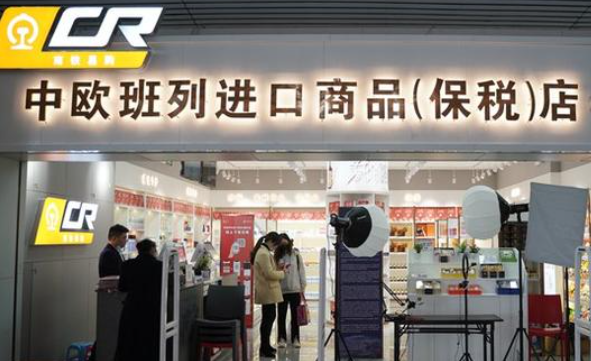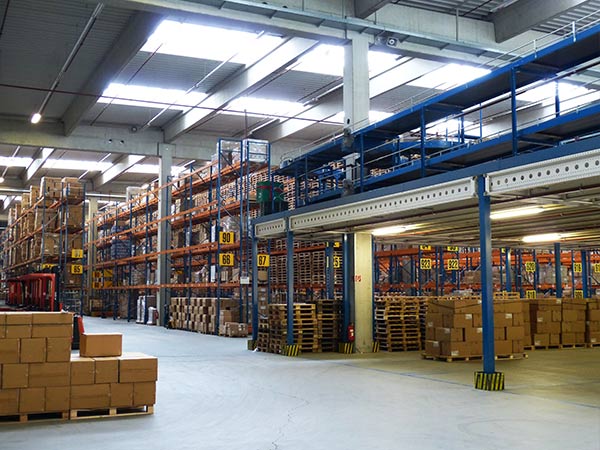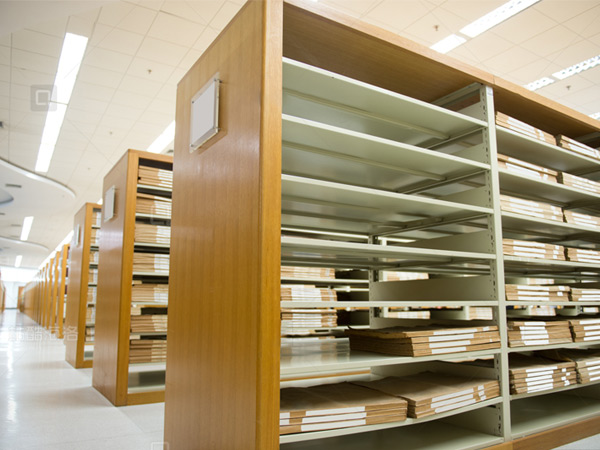 0512-62380743
/
1377 1886 689
0512-62380743
/
1377 1886 689

 0512-62380743
/
1377 1886 689
0512-62380743
/
1377 1886 689

The products sold in the store are the world's most advanced"RFID"Anti-counterfeiting technology, useRFIDElectronic tagThe identification of goods is equivalent to affixing an "ID card" to each product, achieving full tracking and traceability, and customers can distinguish the authenticity through a "scan" of their mobile phones.
The products sold in the store are the world's most advanced"RFID"Anti-counterfeiting technology, useRFIDElectronic tagThe identification of goods is equivalent to affixing an "ID card" to each product, achieving full tracking and traceability, and customers can distinguish the authenticity through a "scan" of their mobile phones.
RFIDWhat new changes have been brought about by the application of technology
1. Quick inventory to reduce human losses.2. adoptRFIDElectronic tagAfter that, managers usePDAScanning gun can quickly cycle inventory, real-time tracking of goods.
3.Product traceability to reduce natural losses.
4.Automatic cash register to reduce cash loss.


Why did the introduction of a costly fixed asset system end in failure? No matchingRFIDEquipment, too time is not clear, but can not count the assets that are out of reach, asset managers do it and give up. Why buy and useRFIDEquipment, still can not achieve quick inventory operation? Different application scenarios for labels, collection equipment selection are very sophisticated, yesRFIDLack of understanding of the features, inaccurate matching, instead.....

The view of wisdom is easyRFIDWarehouse management system products or raw materials have a clear identity binding, which can effectively improve the efficiency and accuracy of sorting and shipping Remote data reading without manual inventory, improve inventory turnover and warehouse utilization.

According to the statistics of the National Archives Administration, by2008The national archives warehouse area is285.610,000 square meters, and the archives are25284.5manmaki;There are also all kinds of audio and video files, electronic files based on disk discs, microfilm files, etc. And every year, the archives warehouse also undertakes a large number of archives into the library storage tasks, most of the archives warehouse is close to saturation...